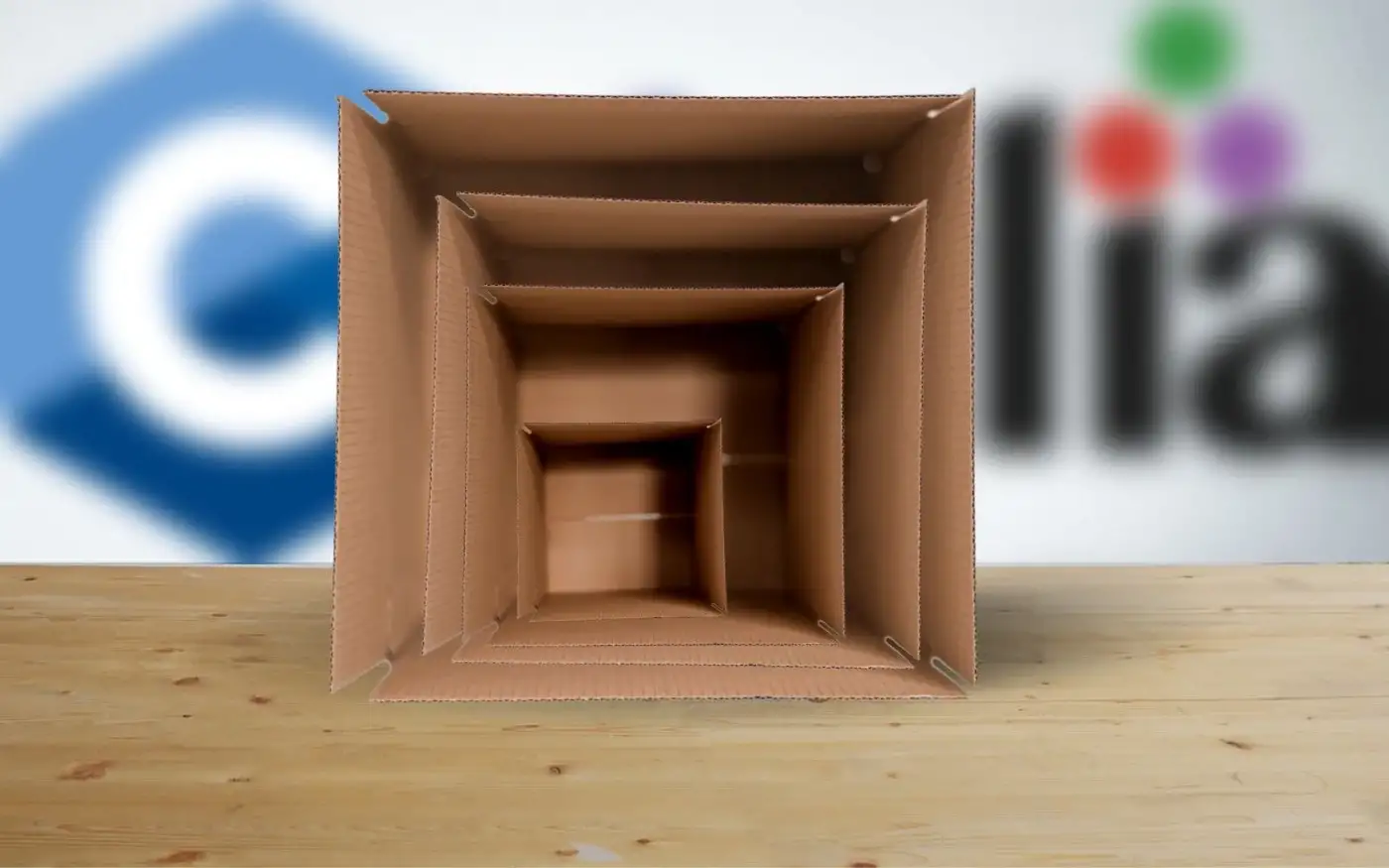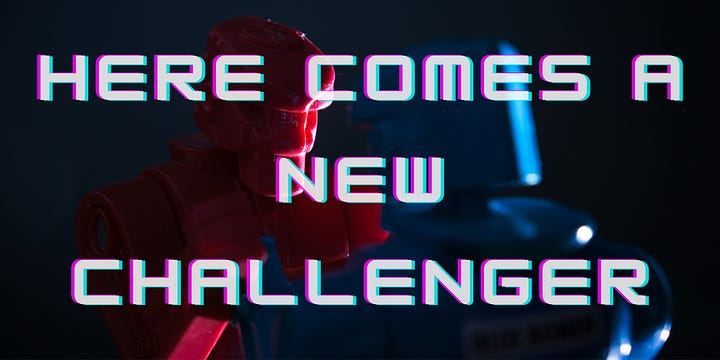Julia
Personal Julia 2023 retrospective
2023 was a very interest year for me, regarding the use and promotion of the Julia Programming …
COPIERTemplate.jl: A new template for Julia using copier
I help manage over 50 packages in the Julia Smooth Optimizers organization, and sometimes we have to …
Best Frenemies: Julia and Python
Julia and Python are often seen as competitors, but in this video I want to show the integration …
Julia Language Can't Even Handle Simple Math
I have a new video up about how Julia cannot even handle simple math! Check the video out or check …
Demand of your art
On a previous video/blog post, I talked about production planning using an example of selling art on …
Selling art on the beach
I just released a video about using mathematical modeling to solve a production planning with the …
Solving an RPG puzzle with Julia
I have a new video out where I talk about solving an RPG puzzle using Julia: You can check the pluto …
10 examples of embedding Julia in C/C++
I worked on this blog post working for the Netherlands eScience Center. Check the blog post here.
Can Python with Julia be faster than low-level code?
I worked on this blog post working for eScience Center. This is the third and last part of a …








